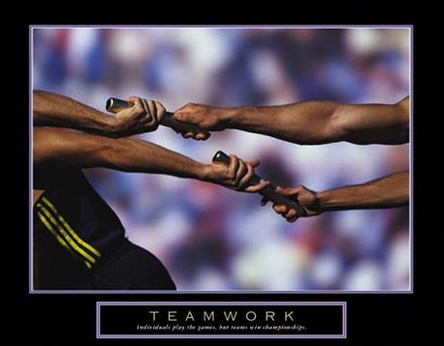Dr Chris Denny, Auckland HEMS Medical Director
Much of critical care medicine is a race. A relay race.

Enhancing the chain of survival for cardiac disease requires a series of interdependent tasks:
ED ECMO 36 – Crushing the nihilism of cardiac arrest
In the Auckland region, we are fortunate to work with an excellent ‘team of teams’. Our team includes:
A prehospital and retrieval medical team – Auckland HEMS and ARHT
Extra-corporeal membrane oxygenation (ECMO)
The 2015 ILCOR Guidelines state:
Mechanical Chest Compression Devices 2015 (Updated) – The evidence does not demonstrate a benefit with the use of mechanical piston devices for chest compressions versus manual chest compressions in patients with cardiac arrest. Manual chest compressions remain the standard of care for the treatment of cardiac arrest. However, such a device may be a reasonable alternative to conventional CPR in specific settings where the delivery of high-quality manual compressions may be challenging or dangerous for the provider (eg, limited rescuers available, prolonged CPR, CPR during hypothermic cardiac arrest, CPR in a moving ambulance, CPR in the angiography suite, CPR during preparation for ECPR).
This short video is a credit to our Auckland City Hospital Emergency Department Nurses. And to our Auckland HEMS Fellows. I would especially like to thank Dr Sean Fair (The University of Calgary). This video was shot in one take, then edited, all on Sean’s smartphone! Since my technical prowess peaked in the days of making a ‘mixed tape’, I am grateful for the next generation of wizardry.
With thanks to the nursing team at AED. And to Dr Chase Krook (Auckland HEMS Fellow) for serving as our Lead Actor.
We value your feedback. How do other services interact with their Emergency Departments and Interventional Cardiology teams? In our service, we are working with Cardiology to develop our pathways to definitive care.




